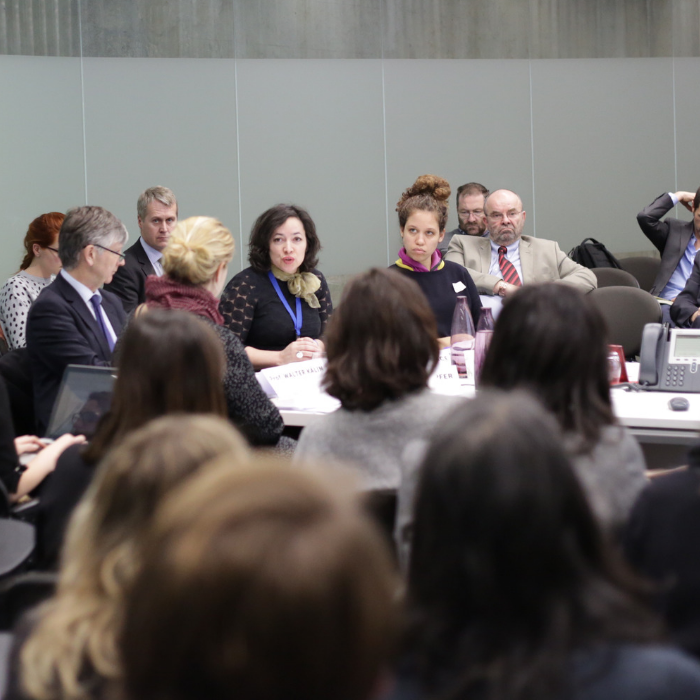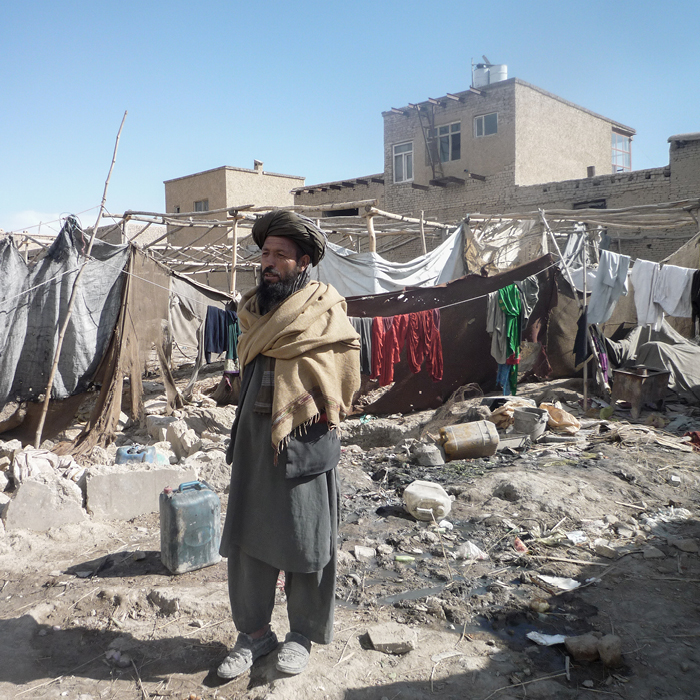How are profiling exercises useful for policy design? Aside from the fact that JIPS’ collaborative approach helps to unite a broad range of stakeholders behind a practice as complex and lengthy as developing a national legal framework on internal displacement, profiling exercises inform policy design in a number of ways. They:


JIPS has been working in Honduras since 2014, when the government’s Interinstitutional Commission for the Protection of Populations Displaced by Violence, known by its Spanish acronym CIPPDV, requested support in conducting a profiling exercise in areas of the country that had experienced significant displacement.
The information gleaned has been instrumental to CIPPDV’s work since 2015 in developing a national policy on internal displacement, and JIPS returned to the country in 2017 to update the exercise and extend it nationwide. With strong government leadership, the collaborative process and analytical results have done much to strengthen the authorities’ hand in taking action, and have placed internal displacement firmly on the political agenda.
Despite a deteriorating security situation driven by the activities of organised crime groups which have forced people to flee both within and beyond the country’s borders, the government had previously lacked reliable information on the phenomenon, but profiling data provided it with much needed evidence.
The 2014-2015 exercise found, among many other things, that there were around 174,000 IDPs in the country, the majority of whom said they had fled violence and insecurity. Many were young people from lower income and less educated families. It also revealed that many people had fled within their home city or department, and that 95 per cent of IDPs did not intend to return to where they had lived before.
In addition to CIPPDV’s work in developing a national legal framework for the prevention of displacement, the protection and assistance of IDPs and the achievement of durable solutions, Ponce said political momentum had been generated for the creation of an emergency fund for humanitarian responses, the inclusion of IDPs in social programmes, the development of a plan to engage municipalities and other local stakeholders and the strengthening of CIPPDV’s operational capacity.
JIPS collaborated with NRC and Samuel Hall in 2012 to establish a better understanding of IDPs’ protection needs in Afghanistan. The study was not strictly a profiling exercise, but rather aimed to address the significant lack of information on displacement dynamics in the country and their implications for the humanitarian and protection needs of communities affected by displacement.
The study provided the first clear evidence to support some of the commonly held assumptions about IDPs in Afghanistan, and – importantly – to debunk others. It shed light on the length of people’s displacement and their intentions in terms of return and other options for durable solutions, and contributed to an evidence base in areas such as violence against women, on which little information had previously been available.
JIPS was involved during the analysis and reporting phase of the study, and given that one of the aims was to contribute to national policymaking, it also helped to bring the two processes closer together by presenting on the importance of comprehensive, reliable and agreed-upon data to inform the policy at a two-day multi-stakeholder policy workshop, and facilitating an analysis/recommendations workshop based on the exercise’s findings in conjunction.
Afghanistan’s national policy on internal displacement was adopted in November 2013.

|
|